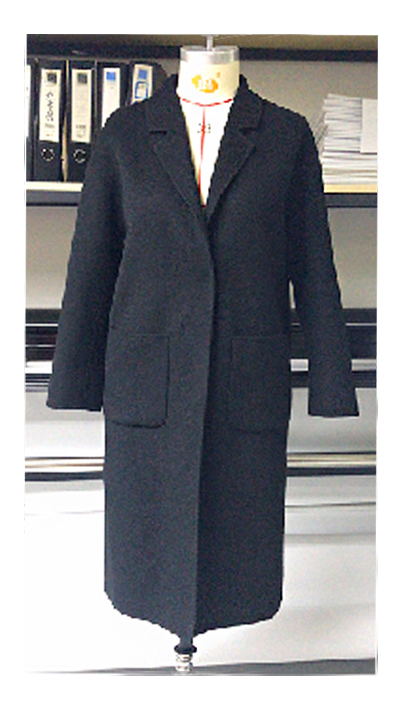1. The original hand-made customization era
Kunshan Huayue Textile and Garment Co., Ltd. learned that from a global perspective, before the Industrial Revolution, most of people's clothes were made by large or small tailor shops. In this long history, like restaurants, tailor shops were used as A major service business in the city exists, providing people with more than 50% of clothing, of which the other 50% is made by housewives themselves. In China, this kind of manual customization continued until the early 1970s, and one of the "three turns and one sound" that became popular in the 1950s - sewing machines are a good example. /The main tool for changing clothes. The grandmothers of that era, almost all of them were designers and tailors.
2. The shrinking era of manual customization (the rise of ready-to-wear)
After the industrial revolution, on the one hand, with the rapid growth of the population, the market demand has become larger and larger, and on the other hand, the productivity has been greatly improved. The emergence of clothing manufacturers that provide large-scale coded garments has greatly improved the efficiency of clothing supply. In the early 19th century, chemical synthetic fabrics began to be gradually applied on a large scale, coupled with the popularization of electric technology, the supply efficiency of clothing leaped again, and the price of clothing continued to decline, which began to threaten traditional handmade tailors, and a small number of tailors closed their doors.
3. The era of handmade customization disappears (large-scale differentiated garments are popularized)
The explosive growth of population after World War II, the development of modern technology, movies, especially the entertainment and cultural industries such as movies and music led by the United States, gradually gave birth to the "wave of consumerism" in clothing, which pursues differentiation in function, design and fabric. Modern ready-to-wear began to be popularized on a large scale, and a hundred flowers bloomed, resulting in many modern clothing brands. Due to the inability to reduce costs on a large scale, high prices, and single styles, 99% of the world's tailoring shops are closed. Hong Kong, Shanghai, Beijing, Chongqing and other cities) these stores are mainly based on a very small number of high-end consumer customers, and they can continue to operate

Entering the 21st century, on the one hand, the traditional ready-to-wear brands that have won by scale have excess production capacity and overstocked inventory has plagued the industry for a long time. Rising retail rental costs, declining profits, and rising house prices and prices have also weakened people's clothing spending power; in addition, the explosive growth of population in different countries in different periods has made young people more and more the focus of business owners, which has gradually spawned fast food fashion brands, and created their popularity.
At the same time, urbanization and the popularization of the Internet have made people increasingly pursue personalization. The customized needs of traditional stars and elites in the government and business circles have gradually extended to the general public, and customized consumption habits have formed in a small group of people. As a large clothing supply base - China, some leading clothing companies have also begun to conceive, can they upgrade simple customization such as common embroidery and printing to size and light model customization? At the same time, what about making traditional elite customization large-scale and industrialized to reduce costs? Some enterprises have begun to research and carry out process-based and flexible experimental exploration to meet the needs of individual customization, and the concept of clothing industry 4.0, which focuses on flexible and customized production, has gradually formed.
5. New customization outbreak period (large-scale popularization of MTM)
Around 2015, mainstream clothing companies with mature Industry 4.0 technology promoted the development of the custom clothing industry. First of all, traditional handmade custom shops have also begun to take some orders and hand them over to factories to increase efficiency and expand revenue (all along, handmade custom shops around the world have also handed over low-priced custom clothing to local manufacturers for large-scale production, To reduce costs, there is now a trend to turn to smart factories. Second, ready-to-wear clothing practitioners who are in a dilemma are also looking for a way out. Some people have begun to switch to MTM (that is, tailor-made), and the number of customizers has grown rapidly. In this way, the customization, which had almost disappeared, began to become popular again in the north and south of the river.
About Huayue+
Product Series+
News Center+